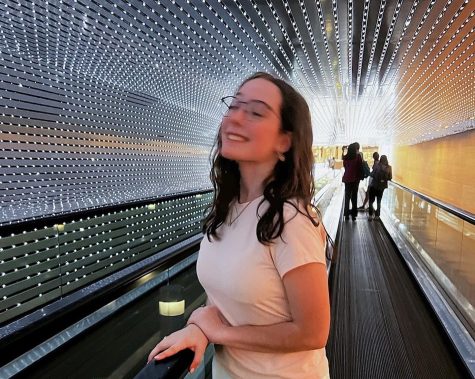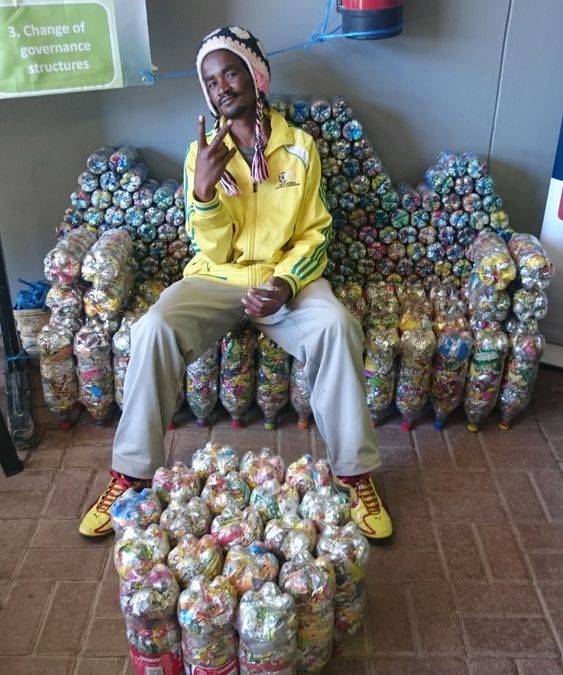Single-use plastics are making a positive change for the environment, for once
Single Couch Sitter – a picture of eco bricks being put to good use.
It’s truly miraculous how shoving single-use plastic into another single-use plastic is considered “sustainable.”
A major point of living sustainably is reducing the usage/consumption of plastics, right? Aren’t we to stay away from single-uses? Well, to create an ecobrick, a clean plastic bottle and some wrappers, washed and dried completely too, are all that is needed.
Over time, compressing more clean, single-use plastic waste into the bottle eventually provides it with the strength comparable to an actual clay brick. Given their power, it makes them an indefinite alternative for certain construction materials and a new way to recycle.
Already, ecobricks are used to transform communities across four continents and inspire many to take responsibility for their own waste. This summer, I decided to make my own and was truly shocked by how much plastic I used completely in one day. After a week, my bottle had become distinctly heavier, and by the next, there were just a few inches of clearance.
Since then, I’ve changed what I buy and consume to create less waste, and the idea of creating more ecobricks would occasionally be at the forefront of my mind. However, I’m not building houses in my free time and simply didn’t want to grow a collection of them in my room.
I discovered ecobrick drop-off sites, helping the logic of ecobricking—yes, a verb—make sense to me. It was actually an accident when it first appeared on my social media. To find them, simply research stores in the area and drop them off, or there’s a simpler way.
Ecobricks.org is the official site for the ecobricks created. They have their own Global Ecobrick Alliance-approved system to register bricks and trade them to other ecobrickers for projects or to make an impact in improving somebody’s community. The Brik Market made it easy for me to trade the brick I’ve created and contribute elsewhere.
Their website includes a multitude of reasons to ecobrick, along with sharing photos, live updates, and being transparent with their information; the “Corporate Sponsors” section merits an honorable mention.
Since 2003, ecobricks have been contributing to a change. Again, shoving single-use plastic into another single-use plastic cancels out and brightens the lookout of our future. According to ecobricks.org, 79,292 bricks have been compacted by people in 149 different countries. They’ve kept almost 27,500 kilograms entering the biosphere; quadruple that number and it’s about how many kilograms of Carbon Dioxide were kept from affecting the environment (82,500 kg).
Historically, ecobricks have been used to save waterways and build a variety of structures in Latin America, branching to other countries and improving their quality of life. It starts with a vision from the common individual, then follows the influence of their bottle brick creations and their resourcefulness.
They link together like LEGO bricks, essentially, and have a life expectancy of 500 years before degradation ensues. Once again, on the ecobrick official website, it provides more information on the different patterns that can be created, as well as a pdf guide to the basics—the beginning.
Having an option to use recycled materials, to me, is rewarding, and I’ve since made ten more ecobricks that I plan to drop off in the near future. It’s simple to make a difference from an inescapable, plastic-based lifestyle—and to be able to turn plastic around and make use of it is terrific, truthfully. For more information, ecobricks.org provides more information about the logistics of their use and sustainable impact.

For a third round, Sydney returns to write for The Central Trend as a junior. During the summer, she attended the Washington Journalism and Media Conference...



























































































